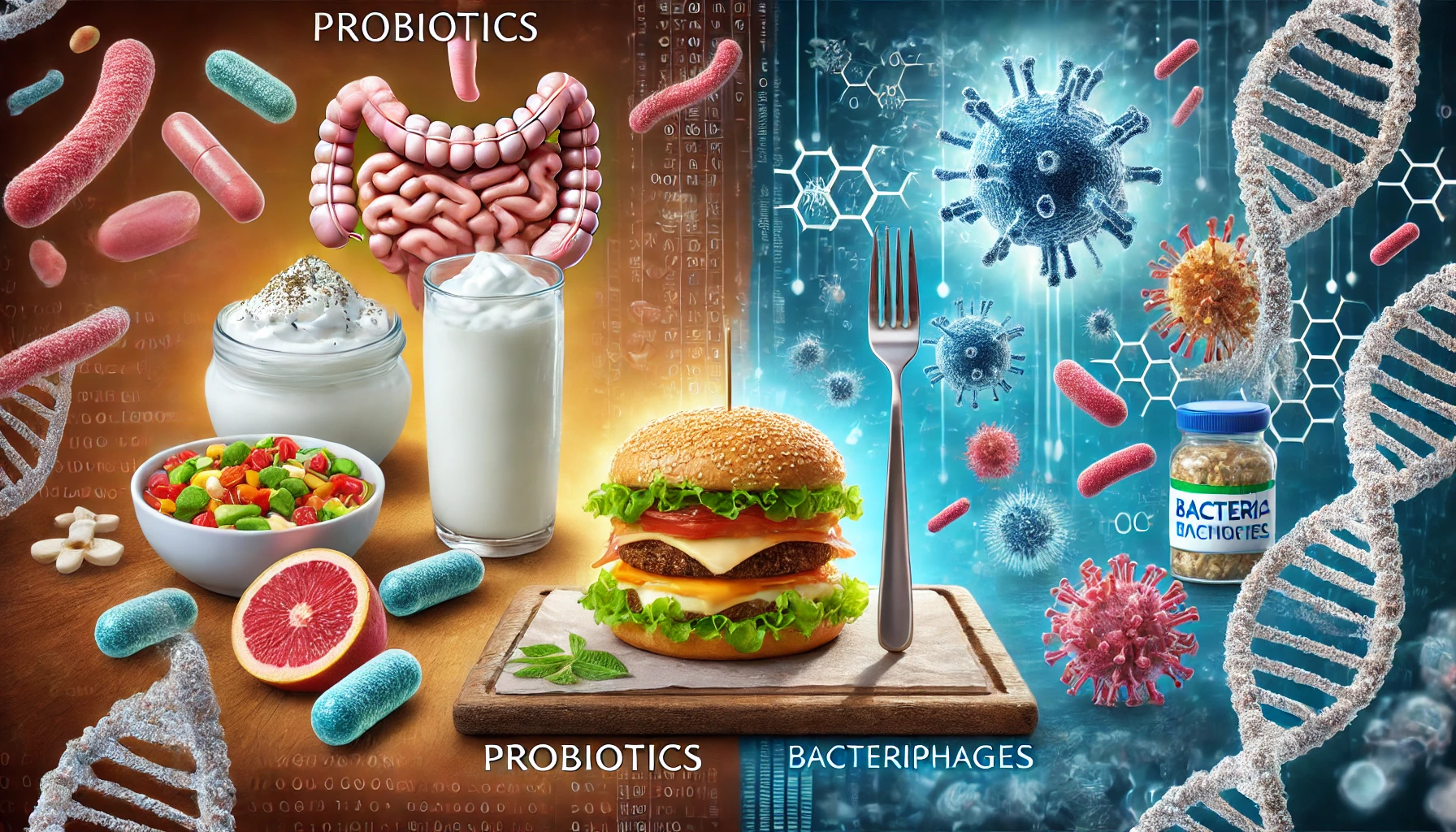People don’t think it’s weird to eat lactobacilli, but they don’t want to eat viruses. In the United States, burgers are injected with viruses called bacteriophages to kill germs, which are emerging as a new treatment for antibiotic resistance. Bacteriophages are safe because they only attack specific bacteria, and they can treat a wide range of bacterial diseases.
Some people might argue that this sounds ridiculous. But while no one thinks it’s weird to eat a bacteria called lactobacillus, why would they be reluctant to eat a virus? In fact, in the United States, hamburgers are sprayed with a virus called Bacterio Phage. The reason they do this is to kill germs in the burger. In the case of homemade American hamburgers, there are many different types of bacteria that can be found in them, as they are made up of a lot of different ingredients. If you eat Vibrio, which can cause sepsis, or Aeromonas Hydrophila, which can cause skin necrosis, you’re going to have a big problem. That’s why bacteriophages are used to kill these bacteria. This is what we call phage therapy, which is an emerging trend.
Your first thought might be, “Why use a virus called a bacteriophage to treat a bacterial disease when antibiotics can be used to treat a bacterial disease? If you go to the doctor these days and ask for a prescription, you’ll likely be told to leave antibiotics off the list. Antibiotics are drugs that treat bacterial diseases. The development of penicillin, a powerful antibiotic, has saved many people from bacterial infections. However, overuse of antibiotics has led to the development of resistant bacteria (superbugs). To kill these stronger superbugs, stronger antibiotics must be used, which in turn causes bacteria to become resistant, creating a vicious cycle. To solve this problem, phage therapy using bacteriophages is emerging.

At this point, you might be wondering, ‘How can bacteriophages kill bacteria? Bacteriophages, which play an important role in Phage Therapy, are simply “bacterial assassins” that live off of bacteria as hosts. It’s easy to think of bacteriophages as thieves who invade other people’s homes to profit from them. Just like a burglar searches for a house to rob, bacteriophages recognize specific bacteria to use for their own reproduction. Next, they stab the bacteria with their spikes (pointed claws) and insert their genetic material (DNA and RNA) inside, i.e., they invade the house. The phage’s genes then begin to be expressed inside the host bacterium using the bacterium’s enzymes. The phage’s genes continue to replicate their genetic material in the host bacterium, creating many new copies of themselves. The new bacteriophage breaks through the cell membrane of the bacterium and attacks another bacterium. This mechanism is how bacteriophages kill bacteria.
Now that we know how bacteriophages kill bacteria, you might ask, “So, are there any side effects to eating bacteriophages? The answer is a resounding ‘no problem’. The reason for this is that bacteriophages only host bacteria. To understand this, think of the relationship between a lock and a key. The key is only used to open the lock. Just as a key can’t solve a fingerprint or pupil recognition program that isn’t a lock, bacteriophages can only recognize bacteria. This means that bacteriophages cannot recognize animal cells as hosts, place their genetic material inside them, and reproduce. For this reason, ingesting bacteriophages doesn’t cause your cells to die. The fact that bacteriophages recognize specific bacteria as hosts has another advantage. This makes it possible to develop therapies against a wide range of bacteria. There are many different types of bacteria, but because there are specific bacteriophages that recognize them, there are treatments for many different bacterial diseases. With more research into phage therapy, we may not have to worry about treating bacterial diseases.
In recent years, bacteriophage therapy has been applied not only to animals but also to plants. In plant hospitals, bacteriophages are being used to eliminate pathogens in specific plants. For example, bacteriophages are being developed to treat bacterial spot and canker diseases in tomato plants. This is helping to increase crop yields and reduce the use of chemical pesticides.
Currently, many research institutes and companies are interested in “phage therapy” using bacteriophages and are working to develop and commercialize drugs that can treat various types of diseases. In fact, bacteriophages have been developed and used to treat Vibrio and Aeromonas Hydrophila. In addition, bacteriophages have been used in large aquariums to prevent mass mortality of fish due to bacterial diseases. If further research proves the safety and effectiveness of ‘Phage Therapy’, it is possible that bacteriophage medicines will become as widely used as lactobacillus drinks.
Bacteriophage therapies are not limited to human health and safety. Recent research is also looking at bacteriophages as a way to address environmental pollution. The use of bacteriophages to remove certain harmful bacteria from contaminated water or soil is being explored as a natural and sustainable way to protect the environment. The utilization of bacteriophages in these various fields will contribute to making our lives safer and healthier.
